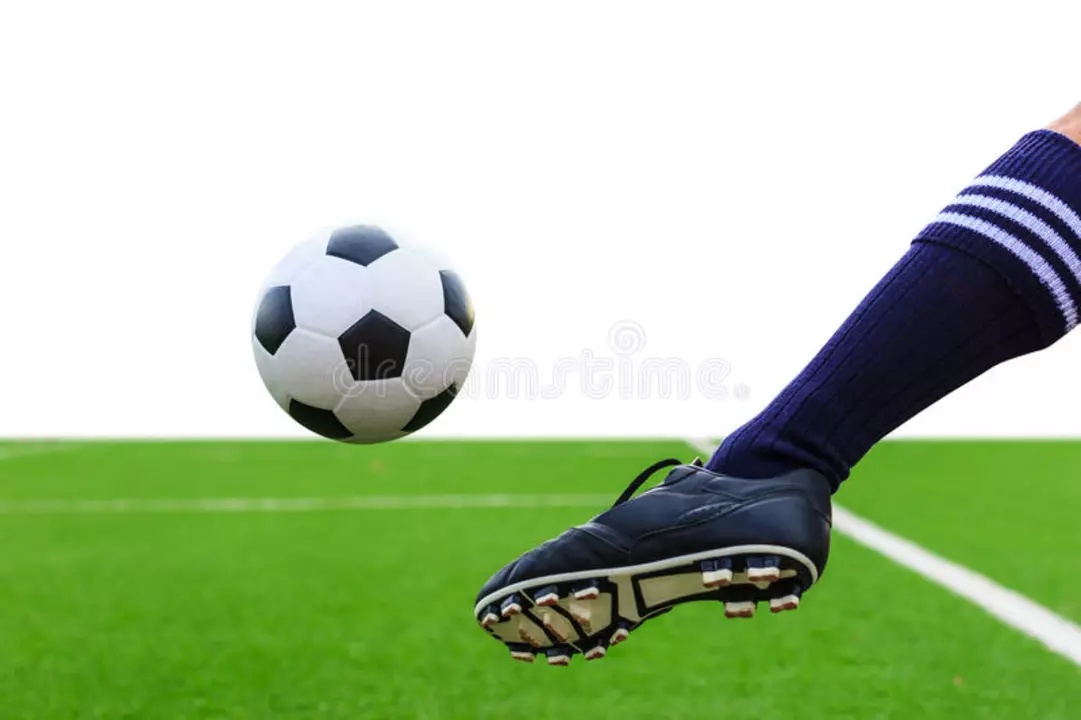Soccer Ball Guide: Choose, Use, and Keep Your Ball in Top Shape
If you love kicking a ball around, you know the right soccer ball makes a huge difference. A good ball feels right, rolls true, and lasts longer. In this guide we’ll look at the main ball types, size choices, and simple steps to keep your ball performing season after season.
Choosing the Right Soccer Ball
First thing you should ask yourself: where will you play? Most community fields and school leagues use size 5 balls, which are the standard for adults and teens. Kids under 12 usually need size 4, and very young players (under 8) often start with size 3. Picking the right size gives you better control and reduces the risk of injury.
Next, think about the material. Classic balls are made from genuine leather, but they soak up water and get heavy when it rains. Most players today go for synthetic leather (usually polyurethane or PVC) because it stays light, resists water, and is cheaper. If you play a lot on hard ground, a ball with a softer outer layer will protect your feet, while a harder surface ball is better for match‑type play.
Another factor is the ball’s construction. Hand‑stitched balls are known for durability and a nice feel, but they cost more. Machine‑stitched balls are common, reliable, and budget‑friendly. For weekend pick‑ups, a machine‑stitched synthetic ball works great; for serious training, you might upgrade to a hand‑stitched model.
Lastly, check the ball’s certification. FIFA‑approved balls meet strict tests for roundness, bounce, and weight. If you’re playing in a league that follows FIFA rules, go for a certified ball.
Keeping Your Ball in Great Condition
Once you have the right ball, treating it well will extend its life. The most important step is proper inflation. A ball that’s too soft will feel sluggish, while an over‑inflated ball can burst easily. Use a pressure gauge and aim for the pressure range printed on the ball (usually 8.5–15.6 psi). Check the pressure before each game.
After a rainy match, wipe the surface with a dry cloth and let the ball air‑dry away from direct sunlight. Sunlight can damage the outer coating and make the ball brittle. If you notice a small puncture, a quick patch kit can fix it before it turns into a big tear.
Store your ball in a cool, dry place. Avoid leaving it in a hot car trunk or a freezer. A simple ball bag or a shelf works fine. If you travel often, a soft carry bag protects the ball from bumps.
For extra care, you can lightly spray a silicone‑based protectant on the surface once a month. It repels water and keeps the ball’s grip consistent. Just make sure the product is safe for synthetic leather.
Remember, a good soccer ball is one of the three essential accessories every player needs, along with cleats and shin guards. Investing a little time in choosing the right ball and looking after it will make every training session more enjoyable and help you improve faster.
So next time you head out to the pitch, check the ball’s size, material, and pressure. Treat it right, and it’ll reward you with reliable performance game after game.
